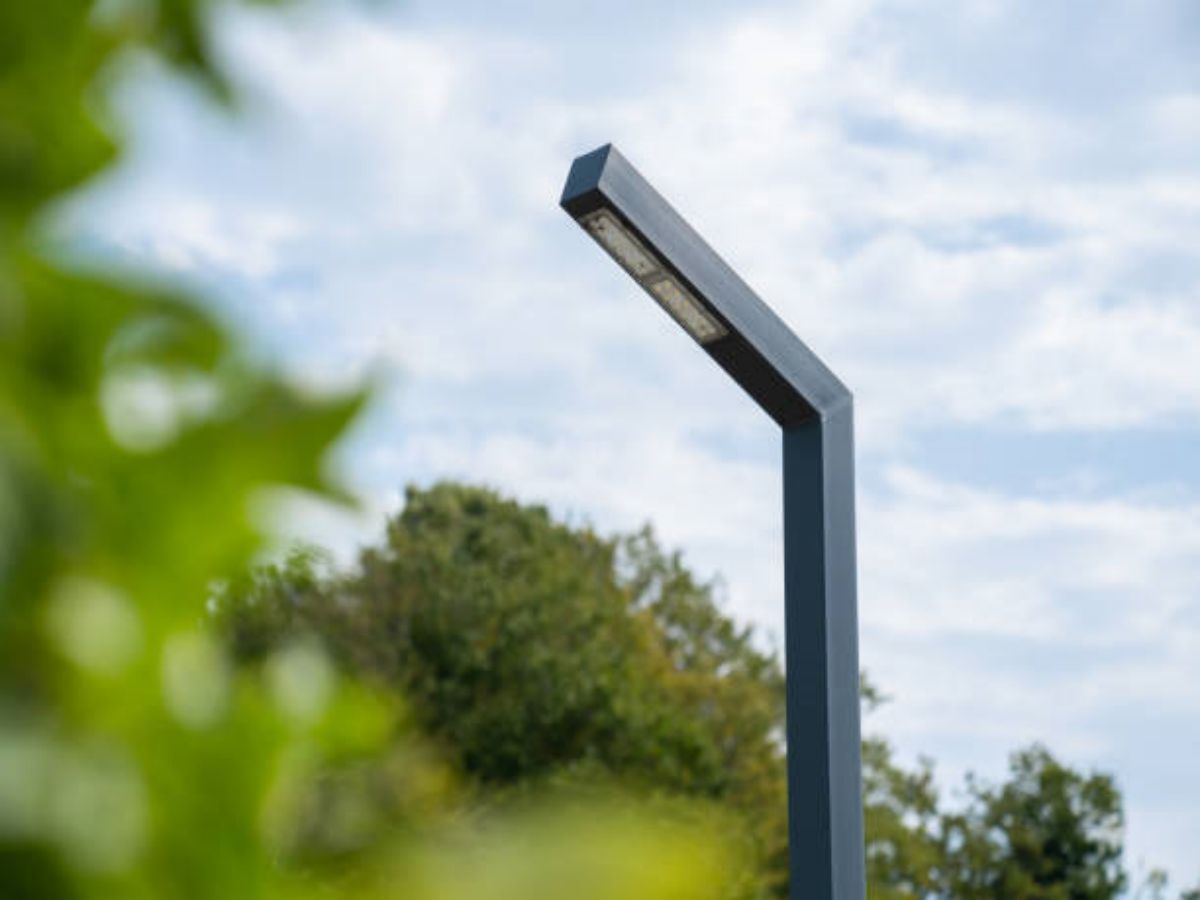Understanding the Standard Wiring for RJ45
When it comes to networking and data communication, the RJ45 connector is the most commonly used interface for Ethernet connections. It is widely used in homes, offices, data centers, and various other networking environments. The RJ45 connector allows for reliable and efficient transmission of data, but to ensure proper connectivity, it is important to understand the standard wiring for RJ45. In this article, we will explore the different aspects of the standard wiring for RJ45 to help you achieve optimal network performance.
The Basics of RJ45
Before diving into the standard wiring for RJ45, let's first understand what an RJ45 connector is. RJ stands for Registered Jack, and 45 refers to the number assigned to this particular interface. An RJ45 connector has eight pins arranged in a specific order, allowing for the transmission of data signals.
The TIA/EIA-568-A and TIA/EIA-568-B Standards
When it comes to the standard wiring for RJ45, there are two commonly used standards: TIA/EIA-568-A and TIA/EIA-568-B. These standards define the pinout and color codes for RJ45 connectors. While both standards are widely accepted, it is important to ensure consistency within a network by using the same standard throughout.
TIA/EIA-568-A Wiring Configuration
The TIA/EIA-568-A wiring standard specifies the following pinout configuration for RJ45 connectors:
- Pin 1: White/Green
- Pin 2: Green
- Pin 3: White/Orange
- Pin 4: Blue
- Pin 5: White/Blue
- Pin 6: Orange
- Pin 7: White/Brown
- Pin 8: Brown
TIA/EIA-568-B Wiring Configuration
The TIA/EIA-568-B wiring standard specifies the following pinout configuration for RJ45 connectors:
- Pin 1: White/Orange
- Pin 2: Orange
- Pin 3: White/Green
- Pin 4: Blue
- Pin 5: White/Blue
- Pin 6: Green
- Pin 7: White/Brown
- Pin 8: Brown
Choosing Between TIA/EIA-568-A and TIA/EIA-568-B
When it comes to choosing between the TIA/EIA-568-A and TIA/EIA-568-B standards, it is important to consider the existing infrastructure and equipment compatibility. If you are setting up a new network, it is advisable to follow the TIA/EIA-568-B standard as it has become the industry norm. However, if you are working with an existing network that follows the TIA/EIA-568-A standard, it is best to maintain consistency.
Crossover Cables
In addition to the standard straight-through cables, there is another type of cable known as a crossover cable. Crossover cables are used to connect similar devices, such as two computers or two switches, without the need for a hub or a switch. The wiring configuration for crossover cables differs from the standard wiring, allowing for the exchange of transmit and receive signals.
Testing and Verification
After wiring your RJ45 connectors, it is crucial to test and verify the connections to ensure proper functionality. Various tools and testers are available in the market that can help you identify any wiring faults, such as incorrect pinouts or connectivity issues. Proper testing and verification can save you time and effort in troubleshooting network problems later on.
Conclusion
Understanding the standard wiring for RJ45 is essential for anyone involved in networking and data communication. By following the appropriate wiring standards, you can ensure reliable and efficient data transmission within your network. Whether you choose the TIA/EIA-568-A or TIA/EIA-568-B standard, consistency is key. Additionally, don't forget to test and verify your connections to avoid any potential issues. With the right knowledge and tools, you can confidently wire your RJ45 connectors and achieve optimal network performance.

